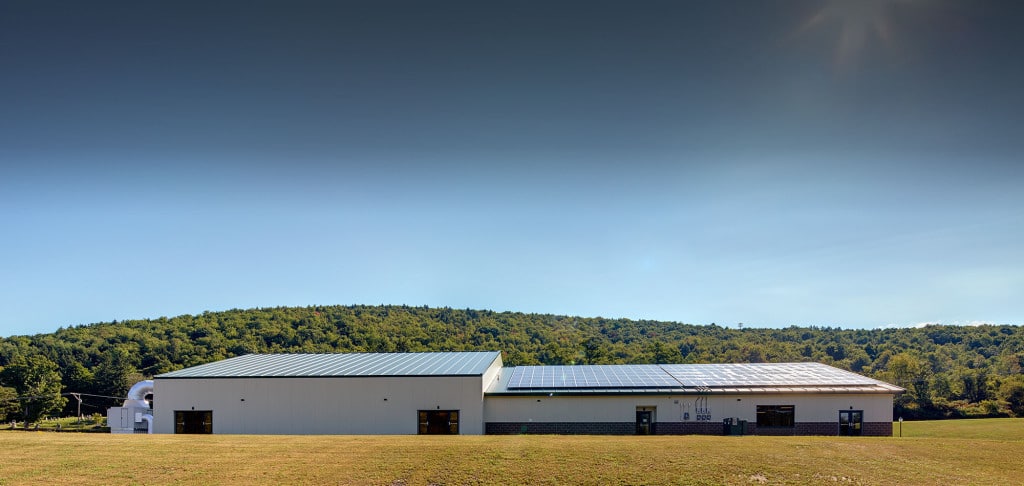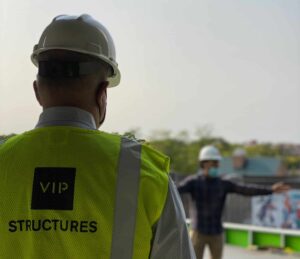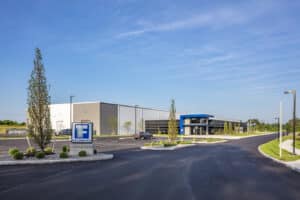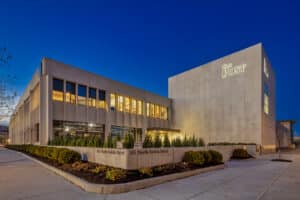
According to the United States Green Building Council (USGBC), buildings account for almost 40% of the national CO2 emissions and they out-consume both the industrial and transportation sectors. Buildings account for a large portion of global energy usage, resource expenditure, and greenhouse gas emissions. This has driven a demand from developers, expecting new construction to be green and sustainable. Green construction was once a unique value-added component decades ago. Now, sustainable and green construction is an integral part of many building projects across the country.
The USGBC reports LEED®-certified buildings contribute 34% lower CO2 emissions and consume 25% less energy than non-certified building projects. This has driven sustainable construction to the forefront for both the builder and the developers. Developers are demanding more sustainable building projects because of the ability to reduce long-term costs and increase profitability. In a recent World Green Building Trends SmartMarket Report, 60% of survey respondents across the world stated their projects will be green by 2018.
What is sustainable design?
Sustainable design garners a lot of attention but the definition can often be muddled. Per the General Services Administration (GSA), there are 6 sustainable design principles. These are the hallmarks of a sustainable design building project.
What are the Benefits of Sustainable Building Design?
- Sustainable buildings are more cost-effective to operate. Regardless of whether the construction is commercial, residential, or mixed-use, green and sustainable buildings are less expensive to run. According to a business case from LEED® and the USGBC, certified buildings reported almost 20% lower maintenance costs than typical commercial buildings, with another 10% in savings from operational costs per year. The average time it takes to earn back the additional up-front costs for sustainable design is 7 years, per the USGBC.
- Sustainable buildings are more attractive and valuable for developers. Besides looking stylish and fresh, green buildings create value. The combination of design aspects and cost savings alone increase the face-value of the building project (at an estimated +4% by the USGBC.) LEED®-certified building projects command attention and have become a major economic driver for the U.S. in the construction industry. The growth in sustainable projects has been driven by the developer demand for the model.
Why is Sustainable Design Easier with an Integrated Design-Build Firm?
Sustainable design encourages careful consideration of the environment, energy consumption, health of the occupants, and reduction of the building’s carbon footprint. Sustainable design is easier to accomplish using an integrated design-build firm. Each phase of a building project requires an understanding of, and attention to, sustainable design. Switching between architectural firms, engineering firms, and construction firms as the project progresses increases the likelihood of contrasting principles and poor communication around sustainability.
Integrated design-build firms work as one. Steps A, B and C of a building project are designed and engineered with Step Z in mind. The departments at an integrated firm are all on the same page. A design-build firm ensures sustainability initiatives and strategies are integrated into all phases of the project’s development. An example of a LEED®-certified project completed by VIP is Syracuse University’s Green Data Center.



